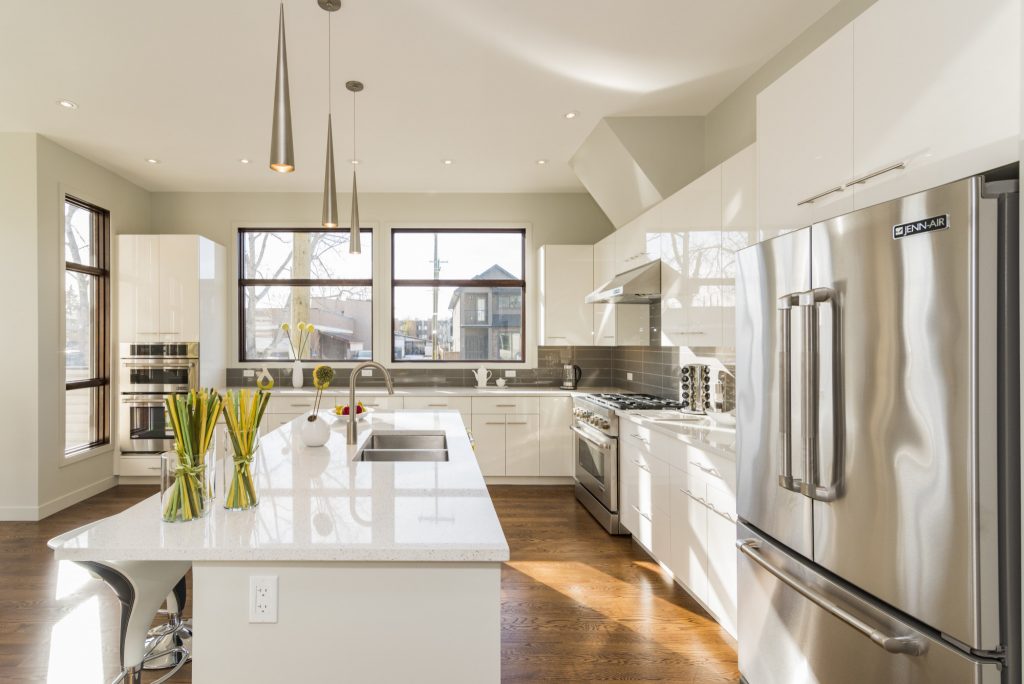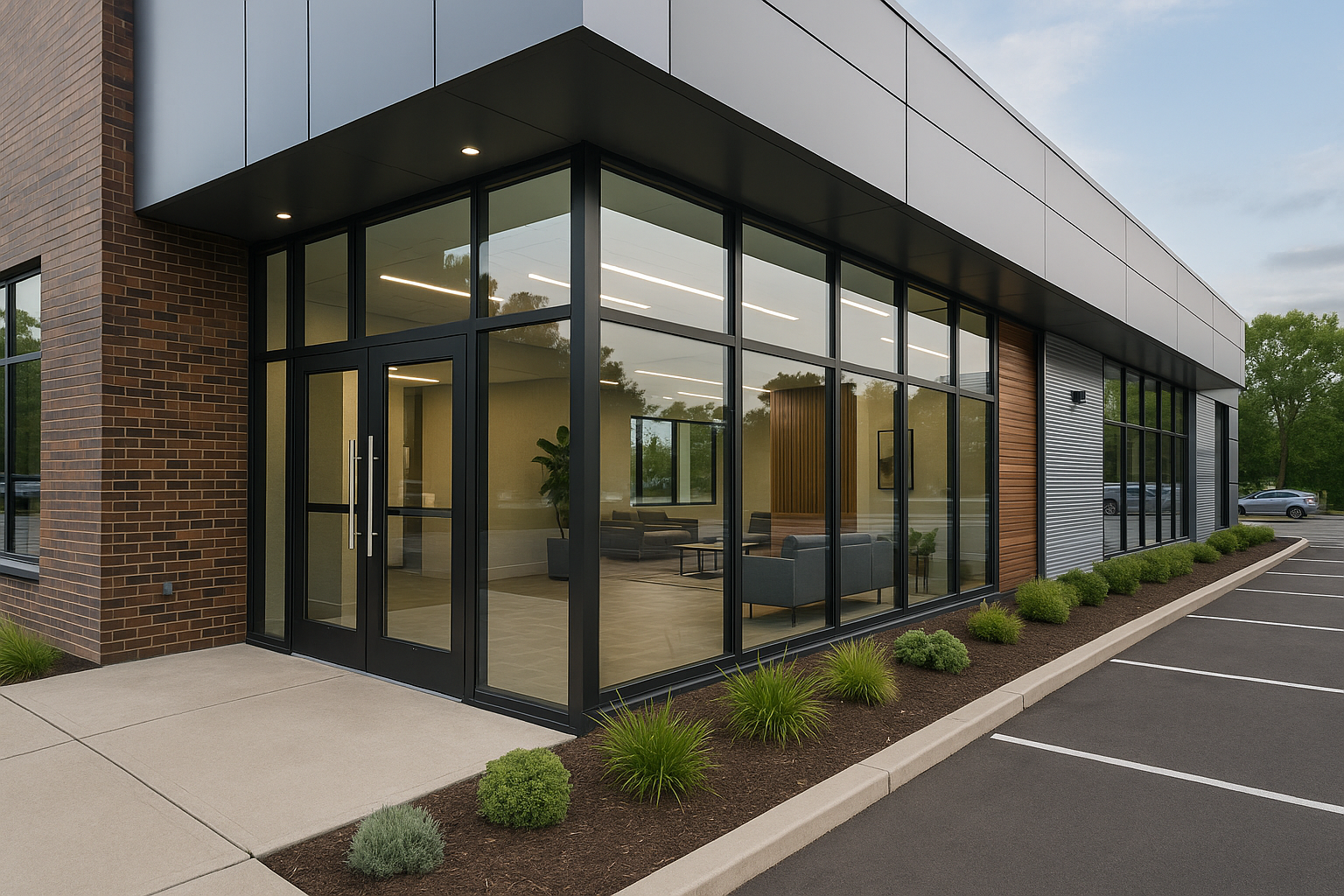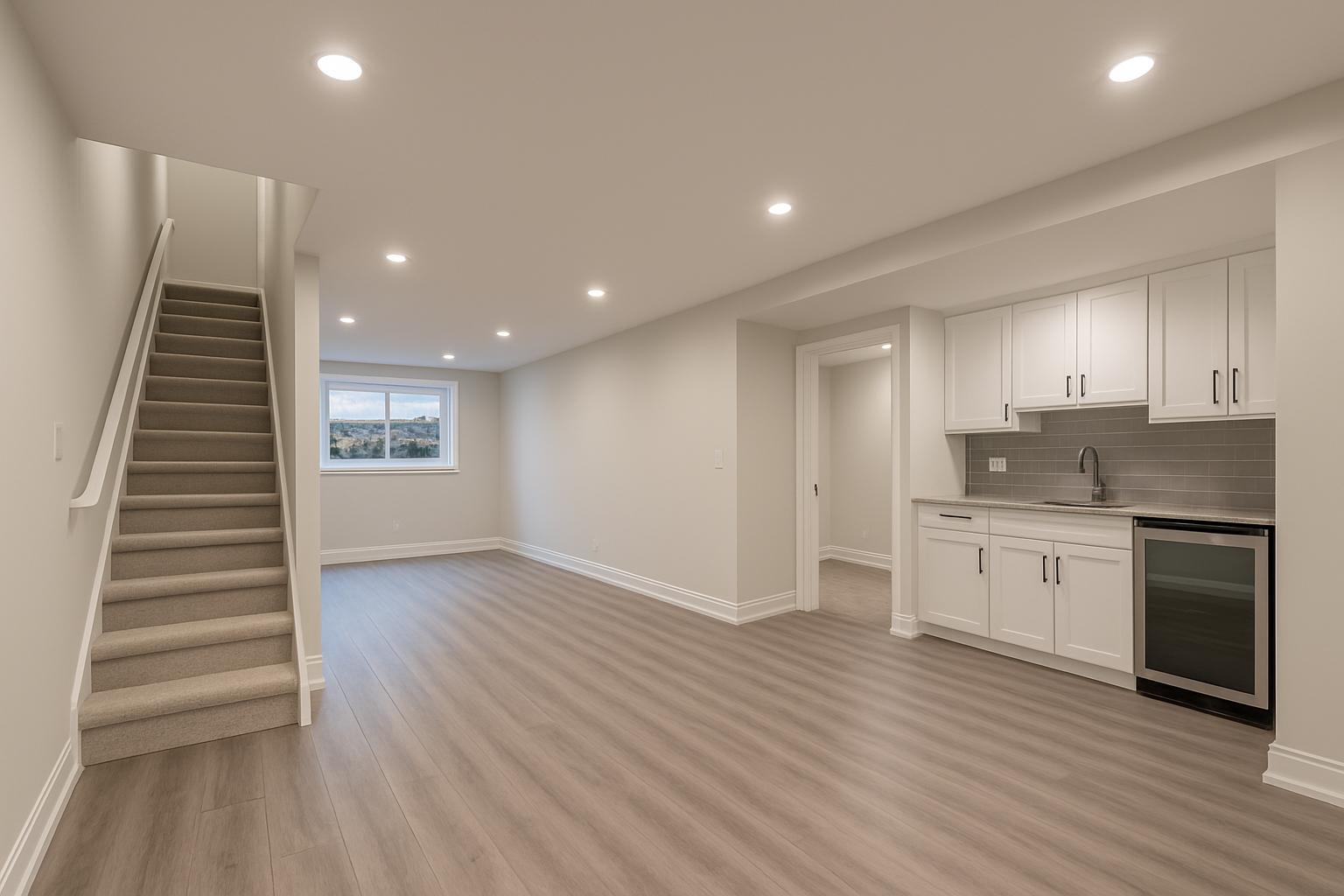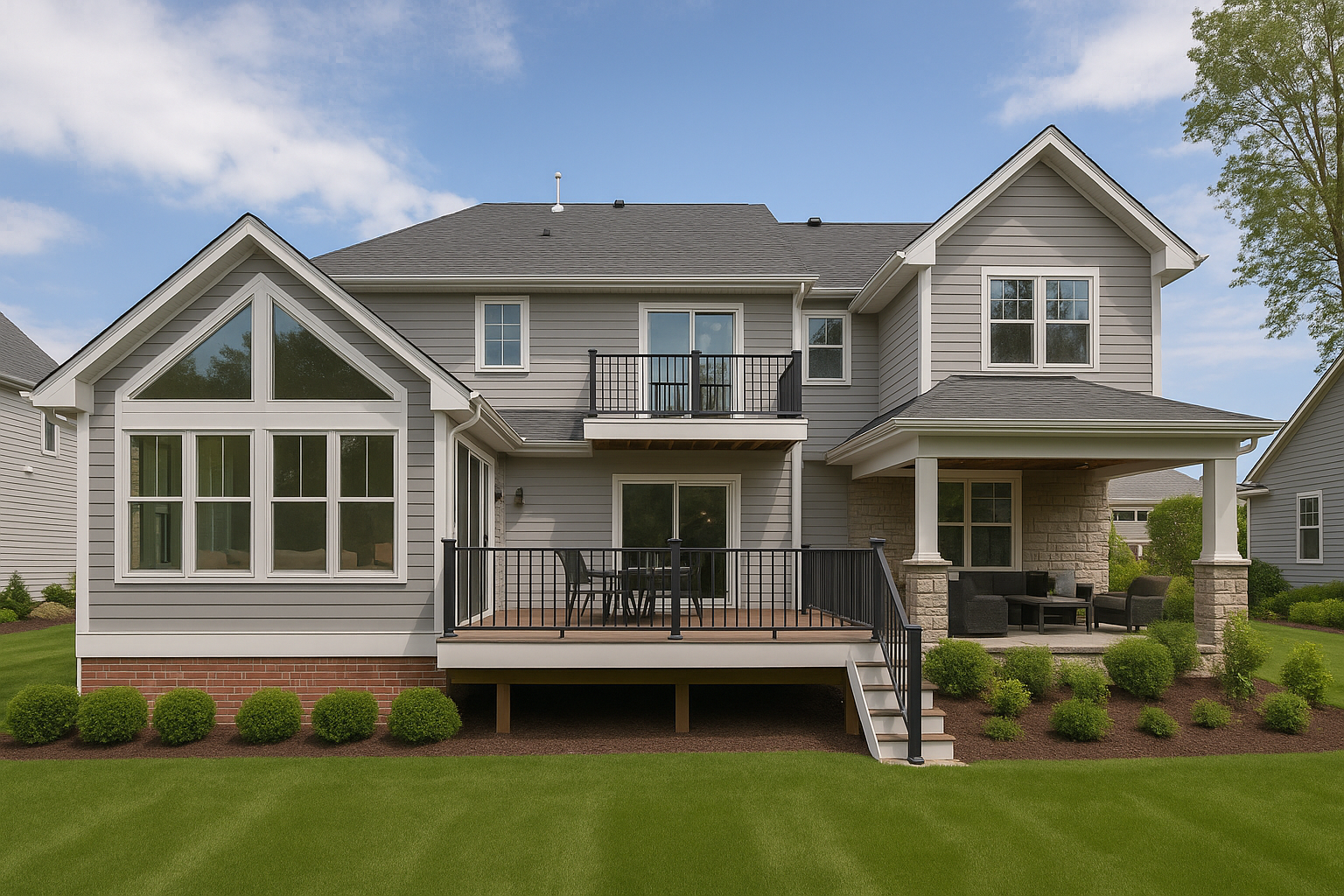Planning a home remodel is an exciting opportunity to transform your space, increase your property’s value, and tailor your home to better suit your lifestyle. However, without the right planning, even small renovations can become overwhelming. Whether you’re upgrading a single room or undertaking a full-house makeover, proper preparation is key to ensuring your remodel is successful, on-budget, and stress-free.
In this guide, we break down the 10 essential steps to help you plan your home remodel with clarity and confidence.
Step 1: Define Your Goals and Vision
Start by identifying what you want to achieve with your home remodel. Are you remodeling for resale, improved functionality, or aesthetic upgrades? Consider both your short-term needs and long-term goals. Make a wish list of features, layouts, and improvements you want.
Ask yourself:
- What spaces need remodeling most?
- What problems are you solving?
- Are there specific styles or materials you envision?
Clear goals help shape your project scope and guide your decisions throughout the process.
Step 2: Set a Realistic Budget
Budgeting is one of the most important parts of remodeling. Determine how much you’re willing to spend and how you’ll finance the project. Include room for unexpected expenses (typically 10-20% of your total budget).
Factor in:
- Labor and materials
- Permits and inspections
- Temporary housing (if necessary)
- Design and engineering fees
For a well-executed home remodel, always plan for contingencies—unforeseen issues can quickly derail an unbuffered budget. Common unexpected costs include outdated wiring, hidden water damage, and structural deficiencies that are only revealed during demolition. Building a financial cushion ensures you’re prepared for surprises without halting progress or sacrificing quality.
Step 3: Research and Hire the Right Contractor
A reliable contractor is vital to the success of your home remodel. Look for professionals with proven experience, good reviews, and proper licensing.
Tips for hiring:
- Ask for referrals from friends or neighbors
- Review portfolios and past projects
- Interview multiple contractors
- Verify insurance and certifications
Choose a contractor who understands your vision, communicates well, and can provide a detailed project proposal. They should also be transparent about costs, timelines, and potential challenges. A great contractor will offer proactive solutions, keep you informed, and ensure the work is completed to a high standard, ultimately reducing stress and delays.
Step 4: Finalize Your Design and Scope
Now it’s time to work with your contractor or a designer to finalize the project scope and design details. This includes floor plans, materials, finishes, and any structural changes.
Make key decisions early to avoid delays:
- Choose appliances, fixtures, and cabinetry
- Approve layout plans and elevations
- Select color schemes and lighting design
The more detailed your plan, the smoother your home remodel will go. Detailed plans help reduce miscommunication, avoid mid-project changes, and keep everything aligned with your budget and timeline. When everyone involved understands the vision and expectations upfront, the renovation process becomes more predictable, organized, and ultimately more satisfying.
Step 5: Obtain Necessary Permits
Many remodeling projects require building permits, especially if they involve structural changes, electrical, or plumbing work. Your contractor can usually handle this process, but it’s your responsibility to ensure compliance.
Permits protect you from code violations and ensure your remodel is safe and up to standard. Starting work without the right approvals can result in fines, delays, or problems when selling your home.
Step 6: Create a Realistic Timeline
Map out a construction timeline that includes all phases of the remodel. This will help you and your contractor stay on track and manage expectations.
Include milestones such as:
- Demolition start and completion
- Rough-in work (plumbing/electrical)
- Inspections and approvals
- Finishing stages (painting, flooring, fixtures)
Keep in mind that weather, material delays, and labor availability can impact your schedule. Seasonal conditions like rain or snow can slow outdoor work, while backorders on materials or high demand for skilled labor may result in unexpected pauses. Building flexibility into your timeline will help you stay prepared and reduce frustration.
Step 7: Prepare Your Home and Family
Before construction begins, take steps to prepare your space and household. Depending on the scope of your home remodel, you may need to vacate certain areas or move out temporarily.
Key prep steps:
- Remove personal items and furniture
- Set up temporary kitchen or bathroom if needed
- Notify neighbors about noise and traffic
- Protect surfaces and areas not being remodeled
Being proactive helps avoid damage and disruptions during the process.
Step 8: Monitor Progress and Communicate Regularly
Stay involved throughout the remodel by regularly checking in with your contractor. Clear, ongoing communication is critical to keeping the project on time and within budget.
How to stay engaged:
- Schedule weekly check-ins or walkthroughs
- Track changes and approve any deviations
- Keep a shared timeline and checklist
The more hands-on you are (without micromanaging), the better your home remodel outcome will be.
Step 9: Handle Changes and Challenges Calmly
No remodel goes perfectly to plan. Be prepared for surprises, whether it’s hidden damage, delayed deliveries, or design tweaks. Staying flexible and maintaining perspective can make the difference between stress and success.
Work closely with your contractor to resolve issues quickly and make informed decisions when changes arise. Keeping your goals and budget in mind will help guide tough calls.
Step 10: Inspect the Final Results and Celebrate
Once your home remodel is complete, do a final walkthrough with your contractor. Make a punch list of any unfinished work, touch-ups, or adjustments. Ensure everything meets your expectations and local building codes.
Review warranties and request copies of any manuals or documentation for new systems and appliances.
Then, take time to enjoy your upgraded space! A successful remodel not only improves your home’s function and aesthetics but also enhances your day-to-day living.
Final Thoughts
A well-planned home remodel can completely redefine how you live in and experience your home. By following these 10 essential steps, you can streamline the process, minimize stress, and maximize the return on your investment.
At domilya GROUP Inc., we specialize in bringing home renovation visions to life. Our team is here to support you from concept to completion with expert advice, quality craftsmanship, and personalized service. If you’re ready to start your home remodel, contact us today to book a consultation and take the first step toward your dream home.




